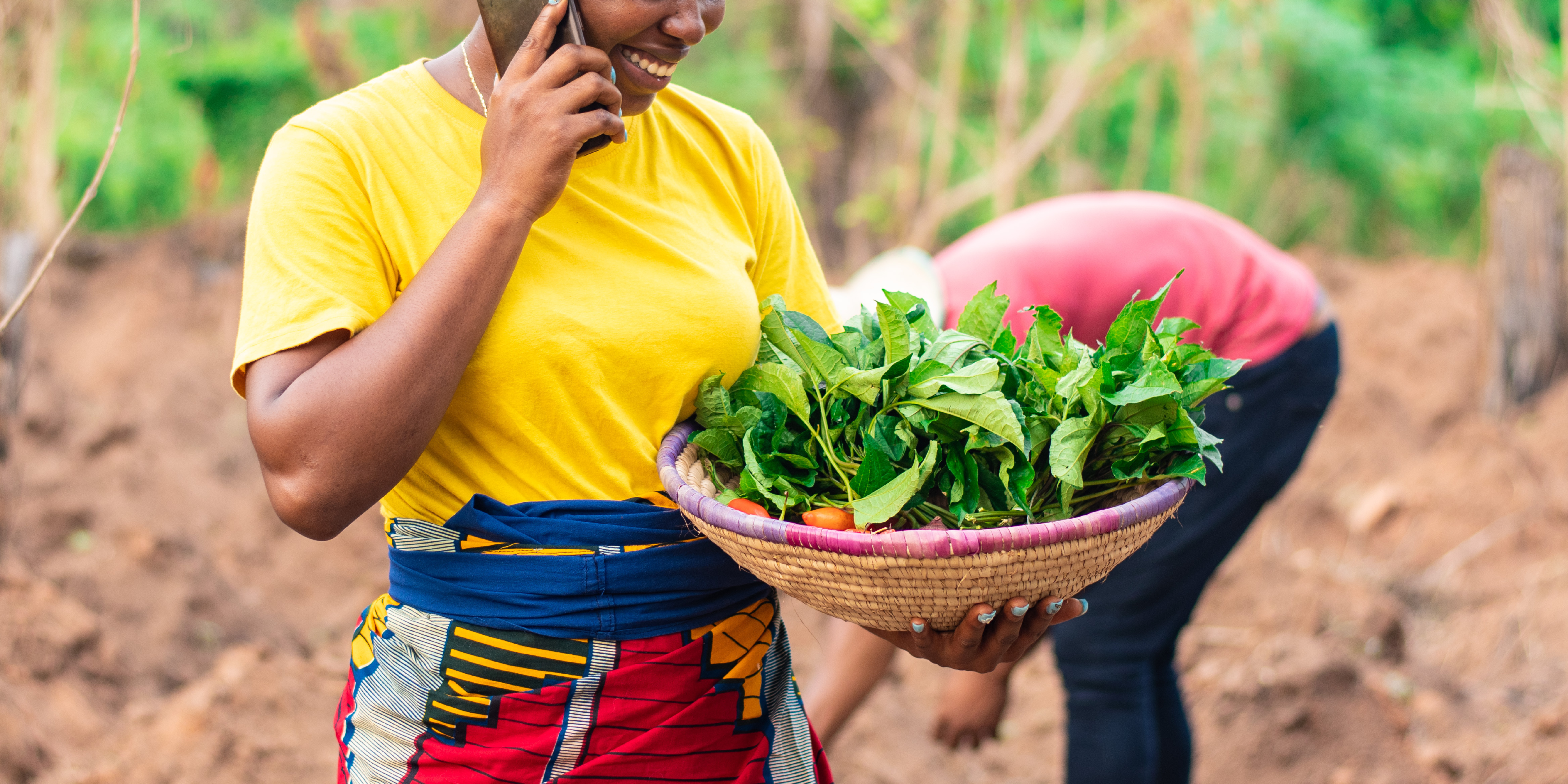Why we invested: Farm to Feed is creating a digitally-enabled solution to reduce food loss and waste, while improving farmers’ incomes in Kenya

In today’s world, there is an alarming amount of food loss at the farm level; 15% of food produced globally is lost before leaving the farm, surpassing the amount of food wasted in retail, food services, and households combined. In sub-Saharan Africa, about 50% of the fruits and vegetables produced never make it to the market for consumption. In Kenya alone, this results in more than $594M of post-harvest losses each year. This loss may partially explain food security; 32% of Kenyans face food insecurity or poor nutrition and 25% of children under 5 years have stunted growth due to chronic malnutrition. With over 75% of Kenyans dependent on agriculture, the losses also impact farmer incomes.
Farm to Feed addresses this problem by creating a circular food system solution to reduce this food loss and waste by creating a market for surplus and imperfect produce. Rather than lose food to landfills or to animal feed, Farm to Feed keeps surplus and imperfect produce in the value chain for human consumption.
Innovation
Farm to Feed is a digitally-enabled platform focused on reducing food loss and waste, in turn reducing greenhouse gas emissions, increasing farmer incomes, and making nutritious food affordable to consumers. They do this by aggregating imperfect, rescue, and surplus produce from a network of thousands of smallholder farmers across Kenya and distributing it to customers such as feeding programs, retail markets, and food processors at affordable prices. They also sell Grade One and Grade Two (perfect) produce, which account for 20% of total sales, and are planning to launch more higher-value products such as flavored baby potatoes and broccoli/cauliflower rice.
The startup is also partnering with Verra, which is introducing a carbon offset certification methodology, so they can sell credits to companies who are looking to offset their carbon footprint.
Additionally, the platform will collect data to answer the question of why 50% of fruits and vegetables produced never reach the consumer, and this data will be used to inform future interventions. By doing this, Farm to Feed is taking an innovative approach to tackling the global problem of food loss.
Impact
To reduce greenhouse gas emissions and conserve valuable resources such as land, water, and energy, it is important to keep all food within the human food chain. Food that is lost or wasted generates about 10% of global emissions. By rescuing and repurposing imperfect/surplus food produce (fruits and vegetables), Farm to Feed is helping to reduce the overall amount of food that needs to be produced, which in turn reduces emissions. Additionally, food waste that ends up in landfills produces methane as it decomposes, so avoiding this waste helps to reduce emissions.
Farm to Feed has calculated that the ~ 655,000 kgs of vegetables they have rescued have avoided approximately 860 tons of CO2-equivalent emissions. The startup also has less than 1% food loss in its supply chain. The proceeds of their 100% organic compost (from food waste) go towards the Farm to Feed Foundation to support feeding programs serving food-insecure communities in and around Nairobi.
Farm to Feed helps farmers increase their income by providing a ready market for their imperfect produce that would have otherwise gone to waste. Since over 80% the world’s poorest people live in rural areas and work in agriculture, increasing income for farmers can deliver development benefits.
The company also sells produce to customers at an affordable price (lower than the normal market price by about 50%) and hence improving the affordability and availability of nutritious food. Such availability can address the problem of food insecurity, which is rampant across the African continent, affecting 346 million people.
Growth potential
Through its offline operations, Farm to Feed has already made great strides in the market, and the company’s newly-launched digital marketplace in November will now allow it to reach even more customers and farmers, taking its projected revenue by the end of 2023 to $779K. Not only have Farm to Feed’s services been beneficial for customers and farmers, but the company has also managed to pay farmers over $ 200K in additional income for rescued produce.
As the company continues to grow, its projected customer base is expected to increase by approximately 500% by 2027. This has the potential to revolutionize the local food industry, as customers have unprecedented access to fresh, quality produce, and farmers can be sure that their products will be sold. So far, Farm to Feed has already achieved success, working with around 800 farmers and serving 40 customers. As they continue to grow, their potential is expansive.
The Catalyst Fund model delivers outsized success compared with other accelerator programs. We accelerate startups that excel on three fronts:
- Impact: Catalyst Fund startups deliver (or, in the case of B2B firms, facilitate the delivery of) life-changing products and services to underserved populations. These can include financial services like loans, savings, insurance, and investment, but also access to productive inputs or essential services such as energy, sanitation, and water.
- Innovation: Our startups are pioneering game-changers that are innovating new products and business models. They drive the sector forward by demonstration effect and via the learning that Catalyst Fund documents and shares.
- Growth potential: Catalyst Fund startups are distinctively investment-worthy, developing businesses that are scalable, with high growth potential. Our startups raise more funding than startups from other accelerators.


